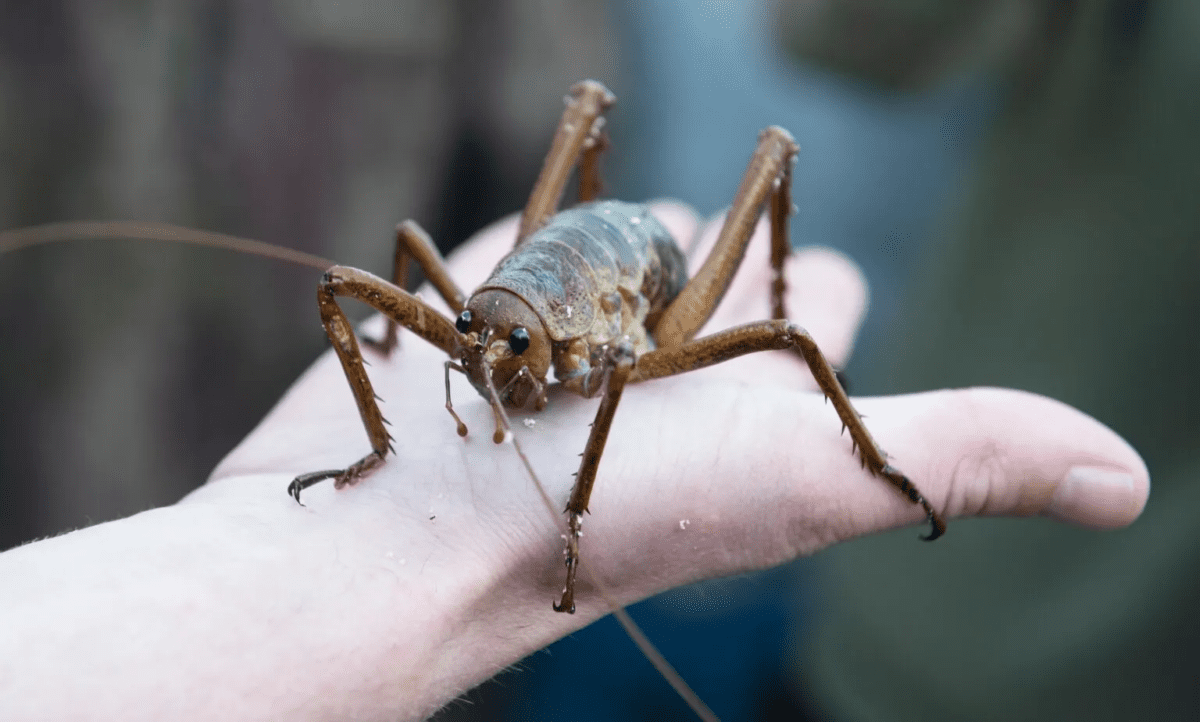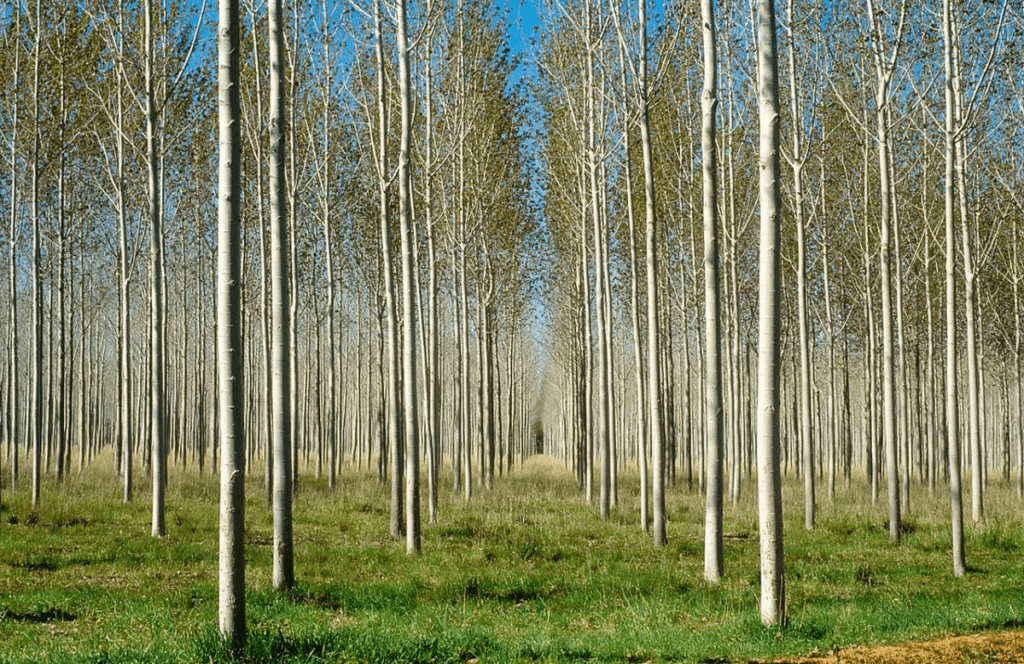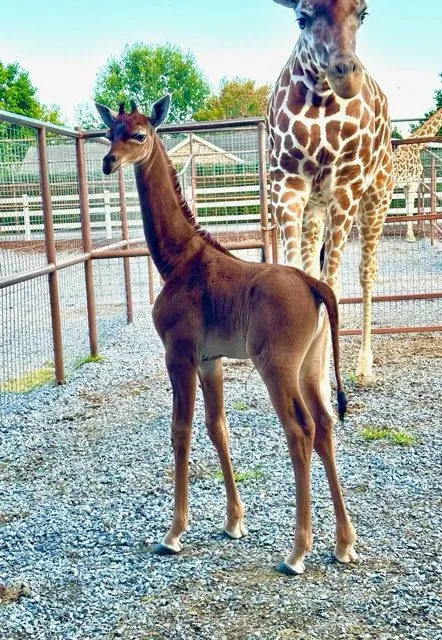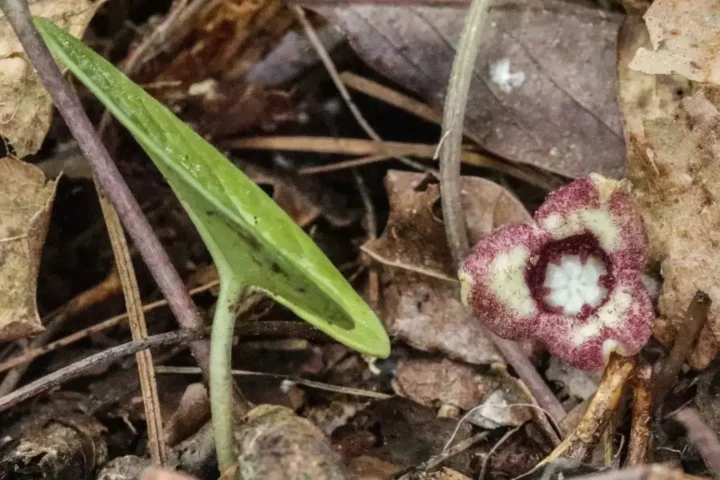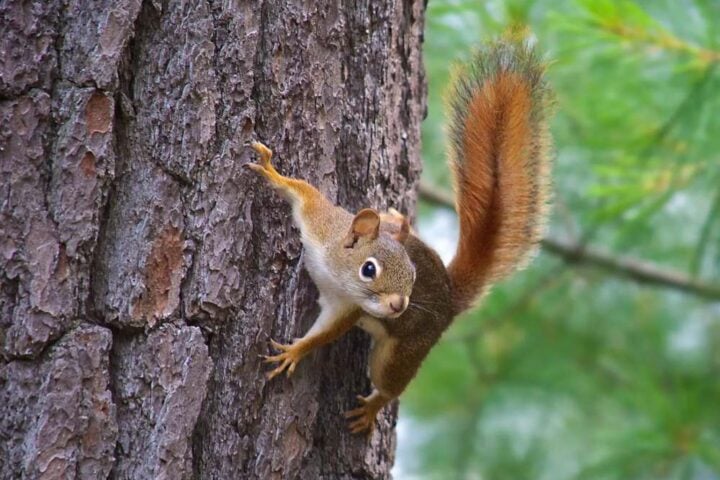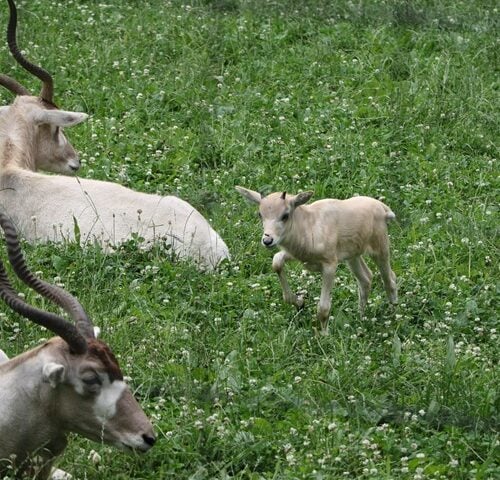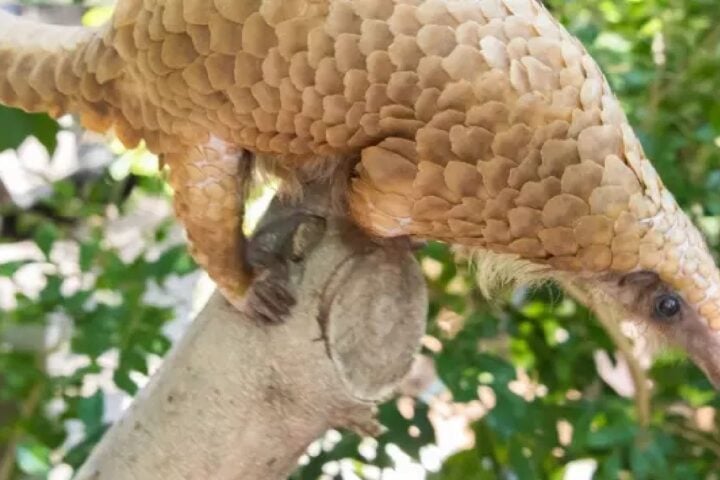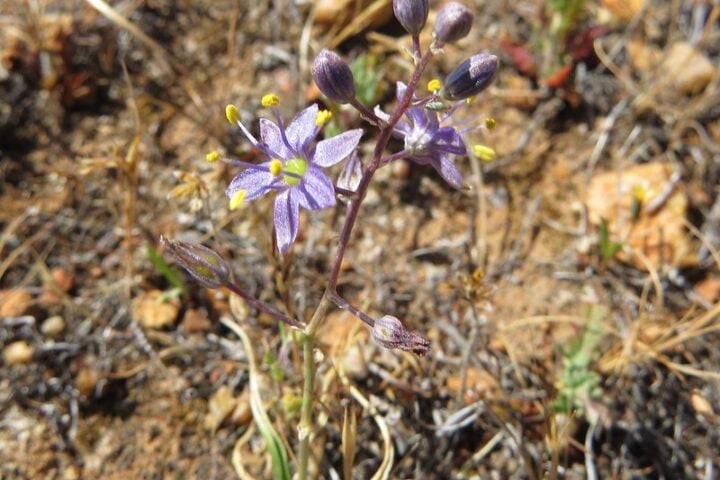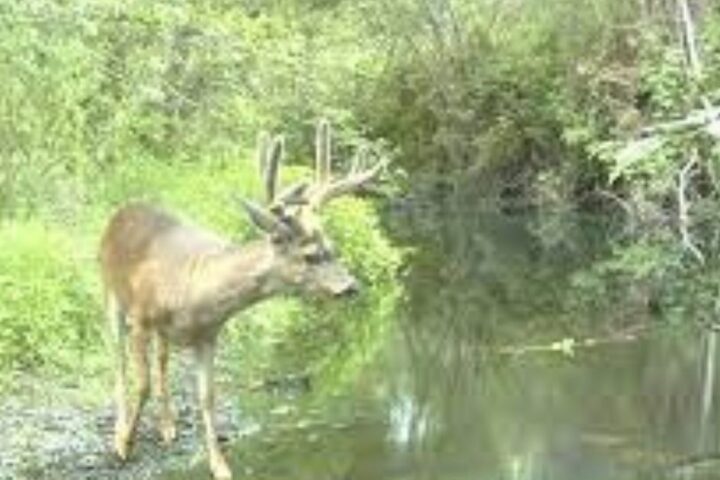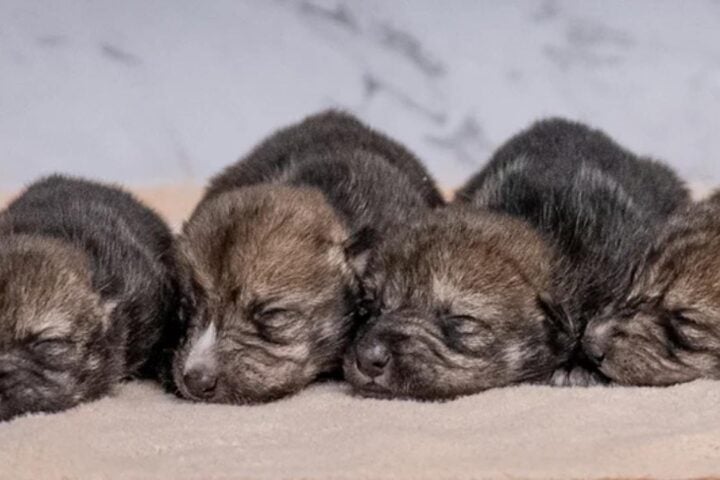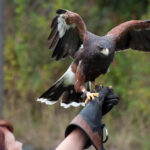The wētāpunga, a colossal insect that predates even the dinosaurs, is making a historic return to New Zealand’s forests after nearly two centuries of absence. Once roaming freely across Northland, Auckland, and Great Barrier, these giants were reduced to a lone refuge on Hauturu (Little Barrier Island). Their decline began around 1840, a consequence of introduced predators that nearly drove them to extinction. But hope is not lost; since 2012, Auckland Zoo has been at the forefront of a mission to reintroduce these ancient insects to their native lands. The zoo’s dedicated breeding program has successfully released over 6,000 wētāpunga onto predator-free islands in Auckland’s Hauraki Gulf. Last Wednesday marked a significant milestone with the release of 300 juvenile wētāpunga onto two islands in the Bay of Islands.
This initiative is part of Project Island Song’s two-decade-long commitment to rejuvenating native flora and fauna. Richard Robbins, the general manager of Project Island Song, emphasized the ecological importance of the wētāpunga, stating to RNZ, ‘ These insects are a vital part of the ecosystem that’s been absent for about 200 years.’ These insects are not just large in size but also in significance; they play a crucial role in recycling nutrients from the forest canopy to the soil.
Don McFarlane, Auckland Zoo’s ectotherm curator, highlighted the often-overlooked importance of invertebrates in conservation, asserting, ‘Without them, ecosystems falter.’ The wētāpunga’s return isn’t just about ecological balance; it’s a tale of redemption, of righting past wrongs and restoring nature’s wonders.
Weighing up to 35 grams, female wētāpunga can tip the scales heavier than an average house sparrow. Their sheer size is awe-inspiring, making them one of the world’s largest insects. Yet, it’s not just their size that’s impressive; their resilience, having survived tens of millions of years and outlasting the dinosaurs, speaks volumes.
The last wētāpunga recorded on the New Zealand mainland was in Paihia in 1838, making their return a true ‘homecoming’. McFarlane passionately described the wētāpunga, saying, ‘They capture the imagination with their grandeur and, in my eyes, their beauty.’ While some might recoil at the sight of such a gigantic insect, understanding their significance can transform fear into fascination.
Similar Posts
The wētāpunga’s journey from the brink of extinction to a hopeful future is a testament to the power of conservation and collaboration. Local communities, including members of Ngāti Kuta and Patukeha, have been instrumental in the success of these reintroduction efforts. The recent release was particularly delicate, focusing on four-month-old juveniles, a testament to the meticulous care and planning involved. Releasing them at night onto dry ponga fronds ensured they had ample hiding spots, optimizing their chances of survival.
The wētāpunga’s story is not just about numbers but about restoring an age-old balance, an ecosystem function that had been missing for two centuries. Their droppings, surprisingly large relative to their body size, play a pivotal role in nutrient cycling. This isn’t an alien invasion; it’s a triumphant homecoming, a narrative of nature reclaiming its space.
The wētāpunga stands as a symbol of New Zealand’s rich biodiversity, a reminder of the wonders that once were and can be again. Their reintroduction is a beacon of hope, signaling a brighter future for other endangered species. The wētāpunga’s tale is one of resilience, revival, and the relentless spirit of conservationists.
As McFarlane poignantly stated, ‘There’s beauty in restoring what was once lost. It’s about redressing a balance.’ The next chapter for the wētāpunga awaits, with another release planned for the spring. Their story serves as a reminder that with dedication, collaboration, and a deep understanding of nature, we can rewrite the fate of endangered species.
The wētāpunga’s return is not just a win for conservationists but for all of New Zealand, a nation that values its unique biodiversity. In the words of Richard Robbins, ‘Being part of a larger program to bring them back is truly special.’ The wētāpunga’s resurgence is a clarion call for conservation, a story of hope, determination, and the indomitable spirit of nature.
